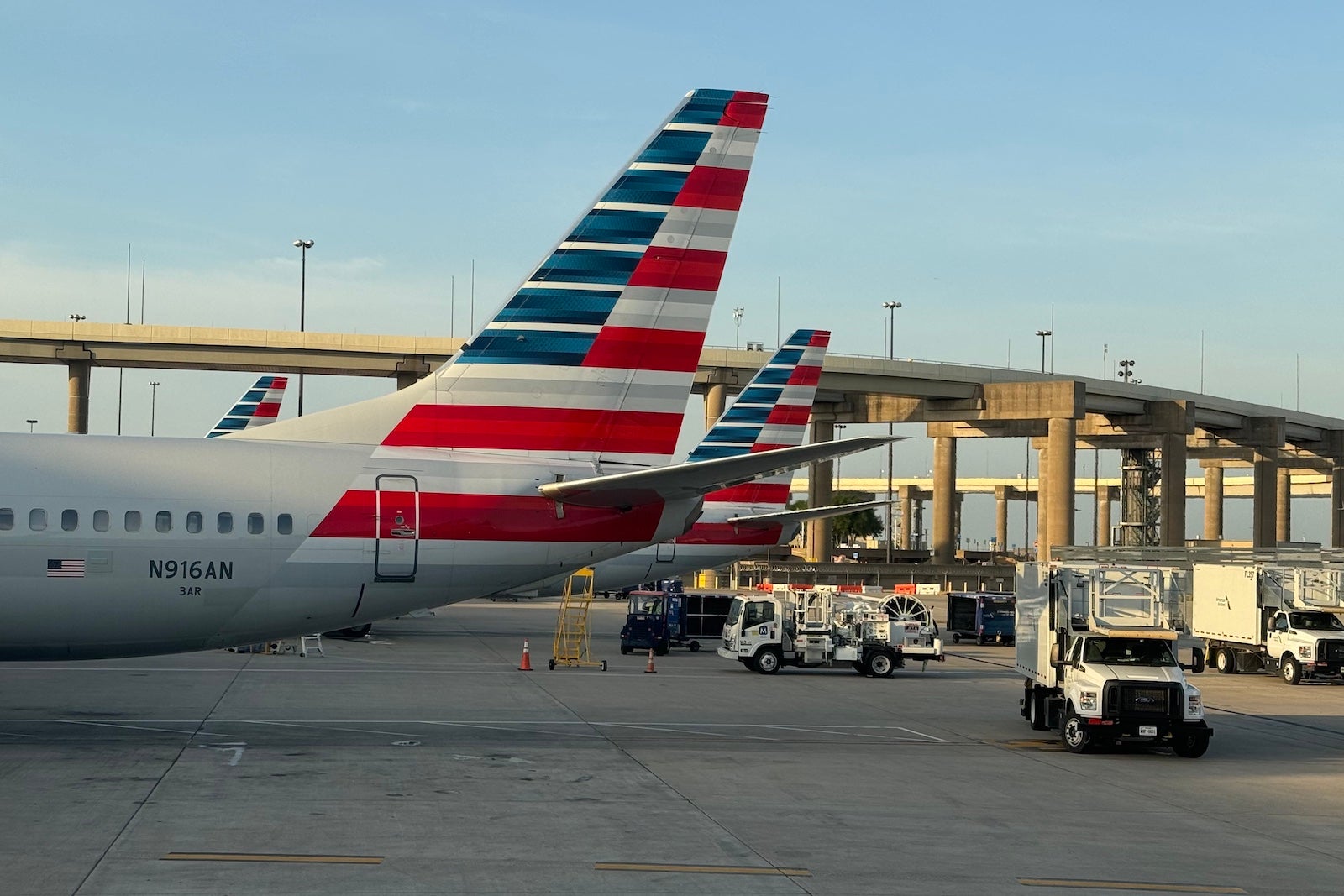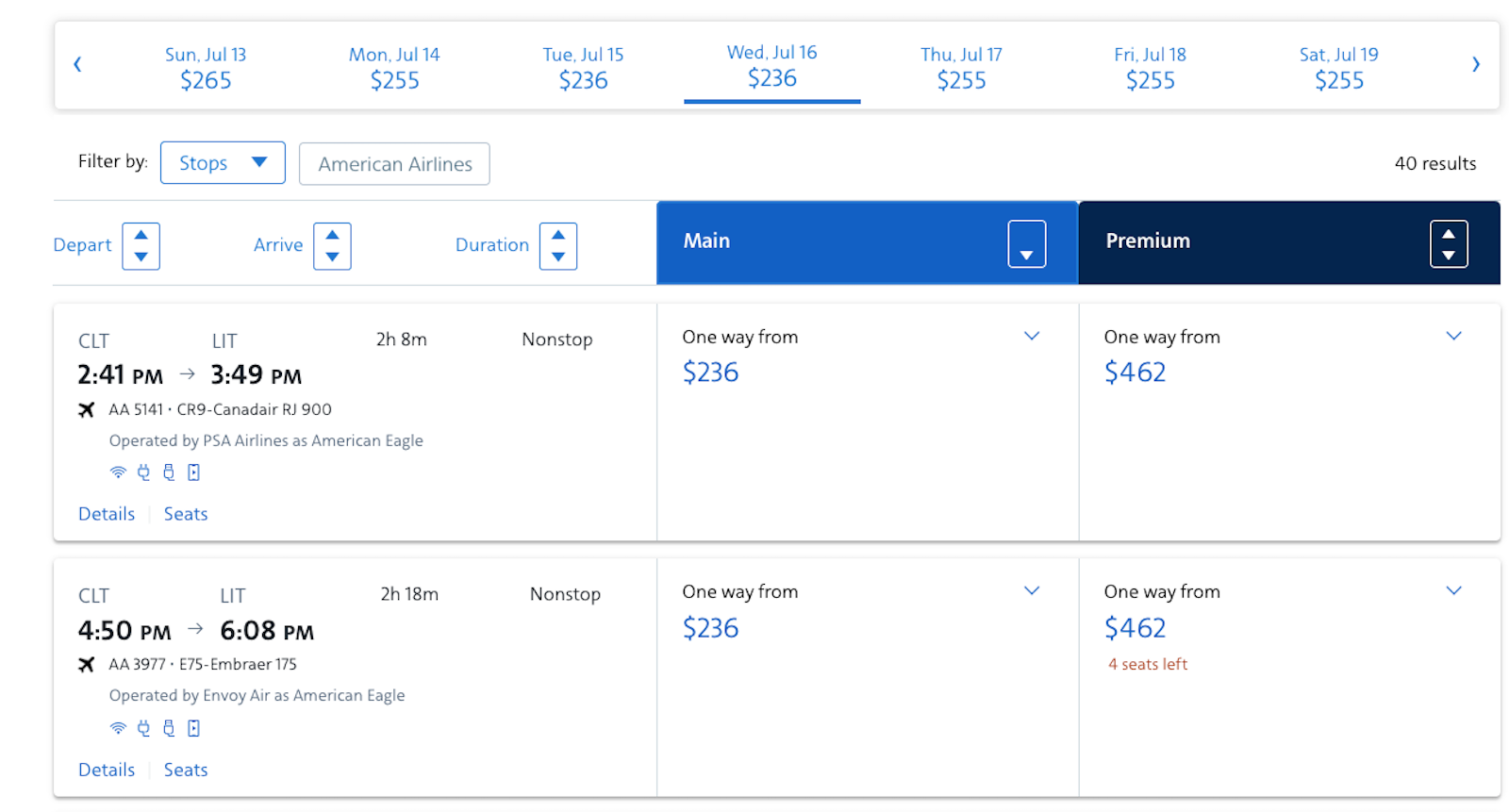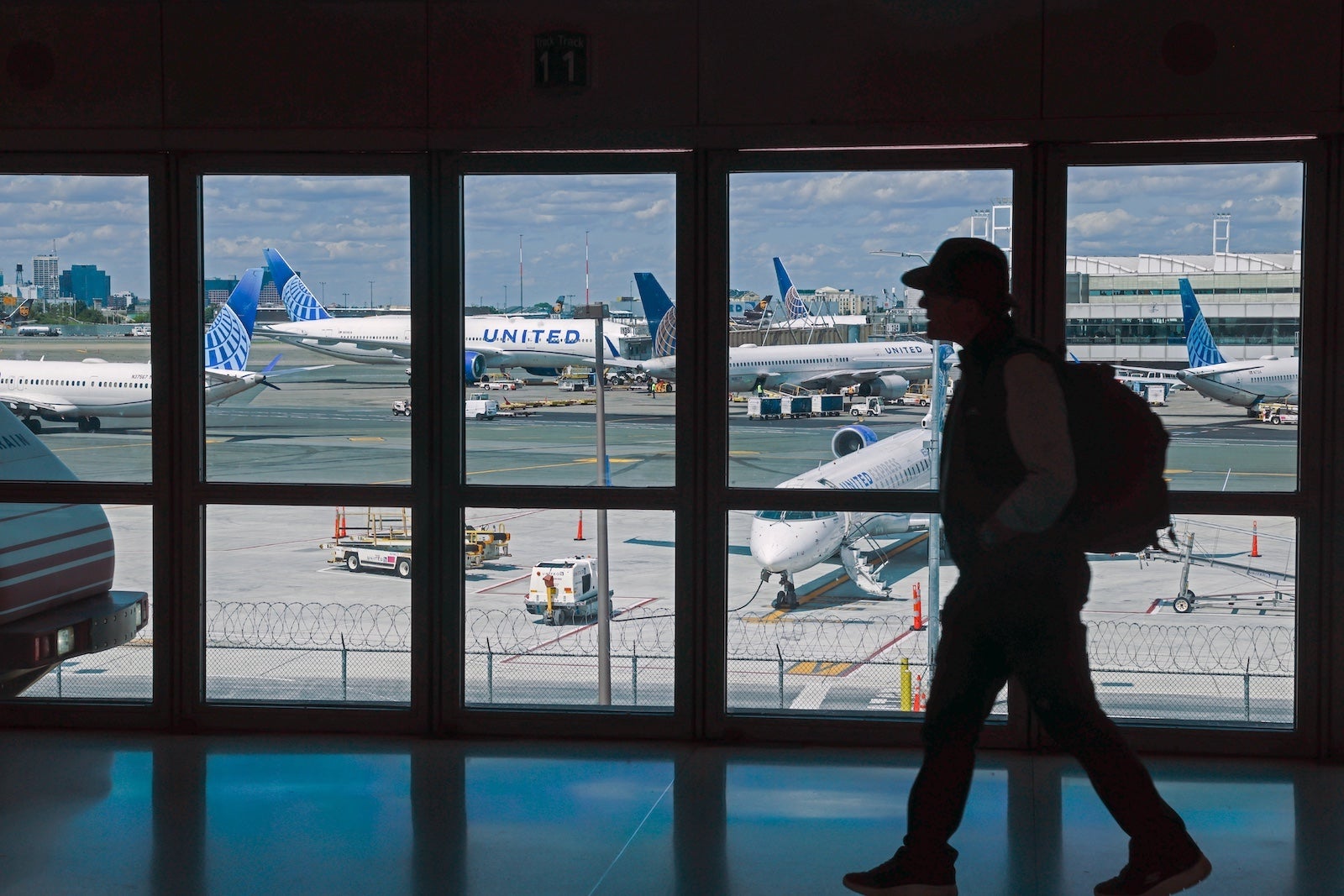Could flying as a solo traveler really cost you more than traveling with a friend, spouse or family member?
In recent weeks, a report from the travel website Thrifty Traveler found a handful of major U.S. airlines often charge a higher fare for passengers traveling alone than those flying in a group of two or more.
After running hundreds of airfare searches, the investigation found that these pricing tactics were common (though not widespread) on one-way domestic bookings with the three largest U.S. carriers: Delta Air Lines, United Airlines and, in particular, American Airlines.
Bargain hunting: When is the best time to book flights for the cheapest airfare?
While TPG has not independently verified the reporting, we have found similar examples of one-way flights being priced higher for solo travelers than bookings that include multiple passengers.
Here’s one example: a July flight on American from Charlotte Douglas International Airport (CLT) to Little Rock’s Bill and Hillary Clinton National Airport (LIT).
A two-person booking would cost $236 per person for a nonstop flight.
But if you’re traveling alone, prices start at $260 — and that’s for a nine-hour itinerary that includes a layover.
To fly nonstop, you’d have to fork over a whopping $382 — a 61% premium for the solo traveler.

Daily Newsletter
Reward your inbox with the TPG Daily newsletter
Join over 700,000 readers for breaking news, in-depth guides and exclusive deals from TPG’s experts
What are airlines saying?
So far, airlines have remained mum on the subject.
American and United have not responded to multiple requests for comment.
Delta told TPG such pricing tactics are not new to the airline or the industry, but declined to comment further.
What’s really happening?
So what’s really going on?
I took that question to top airfare experts, who offered a few theories.
The ‘Costco’ theory
One borrows the logic of bulk pricing, straight off the shelves at Costco.
“If I’m going to, say, for example, Buffalo Wild Wings, I’m paying less per wing if I buy 18 wings as opposed to if I’m buying a dozen wings,” said Kerry Tan, professor of economics at Loyola University’s Sellinger School of Business and Management, whose research focuses on airlines and revenue management. “So it could be a quantity discount story.”
Simply put: Buying two tickets is still more expensive than buying one, but the per-ticket cost is lower.
Targeting possible business travelers
More likely, though, the experts we talked to concurred, is that carriers are seemingly blocking discounts from travelers who might possibly be flying on their company’s dime.
“This is the job of the airline: trying to [see] how much you are willing to pay for the ticket,” said Ahmed Abdelghany, associate dean at Embry-Riddle Aeronautical University, formerly of United. “Is it a price-sensitive guy who’s paying from his own pocket, which is a leisure traveler, or, no, he’s a corporate traveler?”
Former American Airlines CEO Doug Parker, who retired in 2022, pointed out that booking a trip that included a “Saturday stay” used to be a way to score a lower fare, separating the likely vacationer from the road warrior, a rule that once was a hard-and-fast truism of airfare pricing.
“You could sit next to somebody who paid $1,000 for a ticket could be sitting right next to somebody who paid $200 for a ticket,” Parker said, speaking this week on the Airlines Confidential podcast. “What you’re seeing now is the new way airlines have figured out to address this issue.”
Swift backlash
Of course, not everyone who flies by themselves is a business traveler.
There are a number of reasons a passenger might fly solo beyond a work trip, whether they’re visiting family or meeting up with a friend somewhere, and charging them extra for doing so seems unfair. In fact, the uncovering of this fare pricing has fueled backlash in recent weeks.
“Stop this nonsense, because you are going to force regulation,” TPG founder Brian Kelly urged airlines in a video shared on social media.
He joined a chorus of other voices reacting the same way and wondering about the lack of pricing transparency.
Airline tech gets more sophisticated
But there’s little reason to think that more elaborate pricing tactics will end anytime soon.
While opening-and-closing fare buckets and algorithm-driven pricing have been around for decades, airlines invested historic sums of money into upgrading their tech in recent years and their systems are far more sophisticated today than ever before.
Delta, for one, recently announced it’s expanding its menu of fare types to include nearly a dozen choices, each with its own combination of bags, seats and services that are either included (or not) depending on what you pick.
The Atlanta-based carrier in November also revealed it started using artificial intelligence to price a small portion of its fares.
“With more advanced technology, and with more passenger history, I think airlines are becoming better able at estimating passengers’ willingness to pay,” Tan said. “I’m sure you’ve heard of the idea of dynamic pricing. This may be another aspect to how airlines are more successfully pricing from a dynamic standpoint.”
What can solo travelers do to save money?
So what should solo travelers do?
For starters, check multiple airlines before booking.
Shop around
While higher prices for solo travelers are certainly out there, it’s far from a lock that you’ll encounter this when you’re looking to book.
We always suggest using a comparison site like Google Flights to check fares across a wide range of airlines before booking directly with your carrier of choice.
Check prices for 1 and 2 passengers
That said, it may be wise to run searches on your preferred itinerary to make sure you’re not paying a higher price as an individual traveler than you would in a group. If you do encounter this tactic, you may want to try another airline.
Book a round trip (or use points!)
Thrifty Traveler’s report found round-trip bookings didn’t generally see the same price fluctuations between one- and multi-passenger bookings. The same was true with award bookings, so using your miles is always an option (just consult our monthly valuations to ensure you’re getting the most value out of your hard-earned points).
Read more: Getting started with points, miles and credit cards to travel
Be flexible
One of the top rules of finding cheap flights is to be as flexible as you can.
While work, school and life schedules can make this easier said than done, the more airlines, airports, travel dates and departure times you’re open to, the better chance you’ll have at grabbing the lowest fare.
Book a changeable fare
Many of the largest U.S. airlines have dropped change fees on full-fare economy tickets, so if you can’t avoid a higher fare as a solo traveler, you might try booking an itinerary you can later change — or cancel and rebook — if the price later drops.
You may not get a full refund, but you can typically put the fare difference toward a future trip.
Just note, this tactic generally won’t work with basic economy fares, and can be trickier (though not impossible, these days) with the budget airlines.
What about booking a trip for two and then canceling?
Finally, what about booking a trip for two travelers and then canceling your companion’s booking later?
Tread carefully.
Airlines have historically not taken kindly to crafty tactics surrounding booking flight segments you don’t intend to fly, as recent controversies over so-called “skiplagging” have shown.
At a minimum, I’d suggest against using this tactic frequently.
Related reading:







